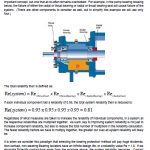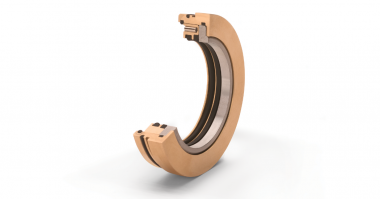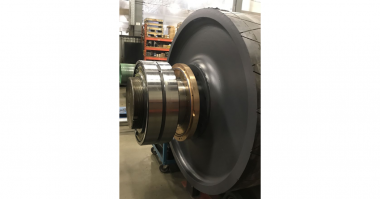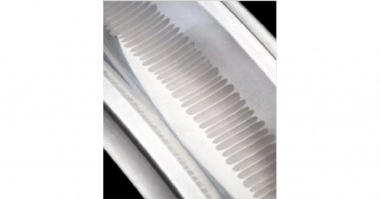Advancements in sealing technologies for rotating equipment can sometimes go unnoticed. Most bearings are protected through the use of contact seals, even though they have a finite life that can be considerably shorter than the life of the bearings. Drawing from past technologies, Inpro/Seal will be presenting at SMRP 2017 new sealing methods that increase equipment reliability through bearing protection.
The Value of Non-Contact Sealing for Bearings
Rotating equipment drives processes in all industries. From pumps and motors in food processing to turbines and gear boxes in power generation, plants rely on rotating equipment to move, blend and mix the products they produce. Reliable operation of rotating equipment hinges on bearing reliability with more than 51% of rotating equipment failures attributed to bearing failure. While simple in concept, potential reliability gains associated with bearing protection are often an overlooked aspect of plant reliability.
For many years contact seals have been the default choice for bearing protection on industrial rotating equipment. Contact seals, by their very nature, use contact between the shaft and seal as the primary sealing method. Due to this, contact seals are friction devices that consume energy and have a finite life expectancy that falls well short of the fatigue life of the bearings they are intended to protect.
Alternatively, non-contacting compound labyrinth seals offer rotating equipment designers and plant personnel a non-wearing sealing method. Non-contacting compound labyrinth seals do not add friction to the shaft, improving efficiency gains, and provide permanent bearing protection against contamination ingress and lubrication loss, significantly increasing reliability.
As plant drivers continue to focus on energy efficiency and equipment reliability, rotating equipment designers and plant personnel can maximize their improvement efforts through increased bearing protection.
 Download Bearing Protection: an Overlooked Opportunity for Reliability and Efficiency Improvement
Download Bearing Protection: an Overlooked Opportunity for Reliability and Efficiency Improvement





Comments